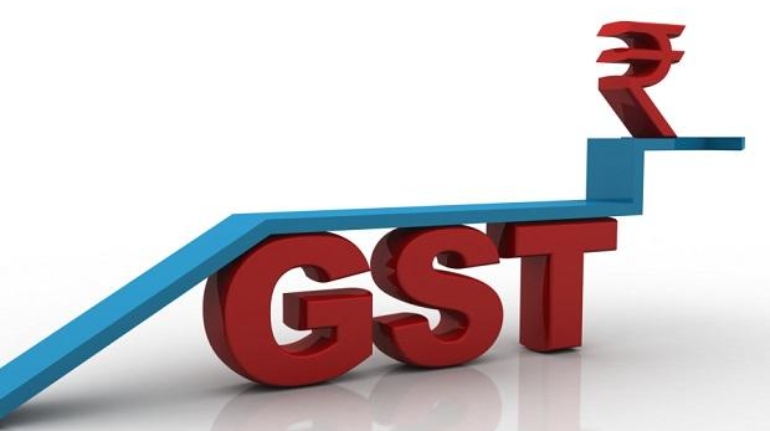Goods and Service Tax (GST)
Goods and Service Tax (GST) GST is commonly known as tax imposed on the supply of goods and services. Earlier the Central Government used to levy tax on manufacture (Central Excise duty), provision of services (Service Tax), interstate sale of goods (CST levied by the Centre but collected and appropriated by the States) and the State Governments levy tax on retail sales (VAT), entry of goods in the State (Entry Tax), Luxury Tax, Purchase Tax, etc. It is clearly visible that there were multipl ...

